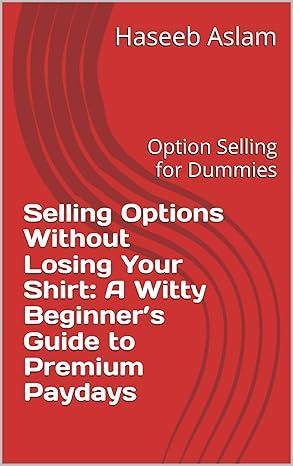Ebook Piracy: How to Use it To Stop Your Books Being Stolen?

Ebooks are the digital version of selling physical books in stores, but in this case, you sell the books online. However, it also makes this low-cost and effective distribution method marred by extreme piracy. Protecting eBooks has now become a challenge that only good and strategic anti-piracy protection can save your eBooks and stop sharing your revenues. The talks about eBook piracy have been around since it was launched. When physical books allow you to hide behind the walls of prices, one can easily download eBooks online and create fake copies to distribute, stealing revenues and profit from the original author.
How common is eBook piracy?
The UK's Intellectual Property Office published statistics in 2022, which say around 24% of ebooks consumed online are downloaded illegally. The percentage of eBooks that were pirated recently was much higher than video games (17%), and TV (19%). A 2022 study done 2022 by the EU IPO stated that eBooks and publications were the second most pirated content type, bringing around 28% of infringement.
The impact of eBook piracy:
According to other online research, it is around 33% that eBook pirates take from the US ebook market, costing the market around 315 USD. For authors, especially those who are completely operating businesses online poses an exceptional threat. However, this also leads to higher prices on books for readers as well. Publishers and authors must compensate somehow and they compensate for the loss regarding eBook piracy by increasing prices. Pirated eBook quality might not be as the original content, giving readers a reduced reading experience. Additionally, it puts more strain on physical bookstores which are already declining.
How to protect your eBook from being stolen?
Navigating the landscape of digital publishing can be very tricky, especially when you have a looming threat of eBook piracy. But don’t worry, here are some effective methods that you can apply to save your eBooks from being stolen or pirated.
● Using a DRM software
DRM software is like a guardian who is looking over your eBooks and keeping them safe. These ensure that your books are safe and used as you intend them to. DRM software (Digital Rights Management) is a digital toolkit that is packed with licensing measures that amplify the safety net when publishing eBooks into wide digital marketplaces. The DRM solution gives you complete control over the eBooks and how they are being used. It also allows you to set the terms of the agreement. When you get a robust eBook safety DRM system, you can even specify the number of devices your eBook can be downloaded on, or even select a particular location from where it can be downloaded.
● Watermarking
A watermark is similar to a nearly invisible signature so when you embed it into your eBook, it is like a secret guardian, protecting your content from being stolen and used as anyone else's work. At the same time, it acts like a GPS attached to the downloaded eBook that allows you to trace the journey as long as the watermark remains intact. Having a watermark deters individuals from replicating the content and circulating hard copies around. At the same time, it also ensures that only those who have downloaded the eBook legally can completely access the content.
● Copyright notice
When you are publishing any digital content or an eBook, including a standard copyright notice is a great idea. This legal notice serves as a clear indication that you are the owner of the book and only you have exclusive rights to the book. At the same time, adding a legal copyright notice will discourage other people from engaging in unauthorized sharing of the content or copying it.
● PDF convert
Thwarting digital piracy is an ongoing battle so publishers must don multiple hats to protect what is rightfully theirs. One such primary trick is to convert the files into PDF format before you upload the content in the digital marketplace. Why PDF file? Well, PDF files are similar to digital vaults and act as a protector of your content. It supports data encryption which makes PDF files a fortress when someone is transferring data across the wide digital sphere. However, that is nearly not it, the format of a PDF file also allows you to tailor user access levels which makes sure the content remains in safe hands.
● Limit editing
Before you upload your eBook content on the internet, make sure they are protected and shielded, and you can do that by limiting edits. When you restrict editing, screen reading, or even the option of copying to a clipboard, you are adding that extra layer of security and taking the power for yourself.
Lastly, use a strong password to keep your eBook files safe, and protected.





